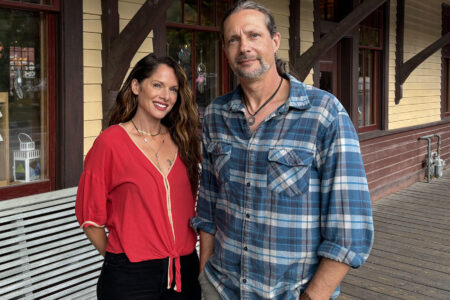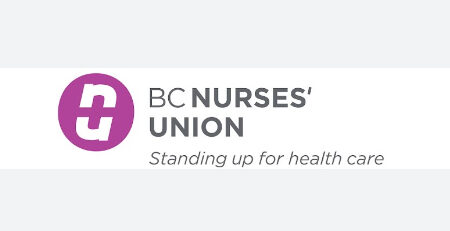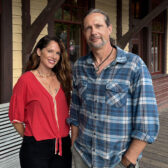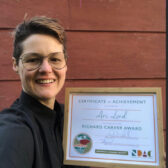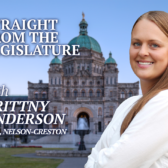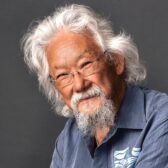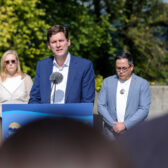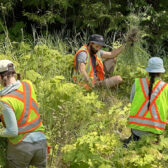Building low carbon homes project needs to cast a wider net: mayor
The real challenge in culturing a climate of low carbon homes in Nelson won’t lie with recruiting the city’s builders but ultimately in bringing the community onboard, says the city’s mayor.
John Dooley said the findings of the first phase of the Low Carbon Home pilot need to focus on who is paying the bills for the new construction in the region, not the builders who putting the homes together.
He said the BC Institute of Technology (BCIT) report — which calculated the average amount of embodied carbon in 35 homes in the region last spring — was fine to suggest giving incentives for building low carbon homes, but the move was a minor one.
People would be concerned if we were going to drive up costs
“At the end of the day it is the consumer that is going to demand the product not the builder. It’s good for the builder to be knowledgeable about the options and alternatives for a client, but unless the client is willing to ask them to go to that point of investigating into embodied carbon, and ‘how can I be a partner in reducing my carbon footprint?’ it’s going to be different to get the builder (onboard),” he said during the last city council (online) meeting.
Within the context of encouraging low carbon embodied home building Dooley wondered where the consumer fit in.
“I’m a little worried that we are focusing on one sector here, and if I was out there looking at homes that are selling for $700,000 and somebody is potentially going to be asking me to spend more to build that home, it could backfire,” he said.
“It should be just broader than just the construction sector; it should be in the economy as a whole.”
Natalie Douglas, the city’s climate change planning assistant, coordinated the pilot and presented the results of the first of three phases to council. She agreed with Dooley that the pilot needed to move beyond builders, but also postulated that it could cost less to build with low carbon materials.
“It’s very important for folks in the community to understand the concept of material emission and embodied carbon in relation to operation,” she said. “A lot of people understand energy efficiency, but the topic of material carbon is a little bit more difficult to grasp.
Douglas said she would love to talk cost and to the community as a whole, but at this stage of the project they were sticking to the building community as a first step in creating a climate for low carbon home building.
“It needs to go beyond that, though,” she said.
Next for Nelson
In alignment with Nelson Next, the city’s Climate Change Action Plan, the city has been investigating ways to more effectively reduce emissions in its building sector.
In the presentation to council, Douglas discussed the action taken by the city to address embodied carbon — also referred to as embodied emissions — within the building sector.
The report was produced by a group of BCIT students who conducted best practice research on ways to integrate embodied emissions considerations into the development process.
The presentation did not get into the specifics of the BCIT report, or the research findings for the city’s embodied project. Instead it focused on the city’s overarching project move to the next phase of upcoming work, with key findings from the project to be discussed in November or December.
The idea was to figure out what was missing in the energy efficiency conversation, said Douglas.
“We wanted to get more data on how high Step Code homes were performing in terms of their overall emission contributions when embodied carbon was accounted for,” she said.
The pilot is currently in the analysis and engagement phase, Douglas added, preparing to engage more directly with key stakeholder groups to begin identifying what type of program the city — both Nelson and Castlegar — could implement.
“(We are) trying to put both cities in the best position possible to move forward on this topic,” she said.
Source: City of Nelson
The bottom line
Cost was not a consideration in the first phase of the research on low carbon homes, said Douglas.
But one of the big thoughts out there is that building super-efficient homes is very expensive, said Coun. Jesse Woodward.
“What is the cost of some of this technology?” he asked.
In the primary research there was no accounting for cost, Douglas replied.
“In the carbon embodied sphere it is known that there is no co-relation between low carbon materials and high cost,” said Douglas. “There are some low carbon materials that are actually lower in cost, some the same cost and others higher.
“But if the worry about integrating a lot of these low carbon materials into your building is cost, that is something that time and time again has been not much of a worry.”
As the next steps are figured out, Coun. Keith Page wondered, what incentive opportunities will the city offer, and what de-incentive opportunities will the city employ to stir people in the right direction.
“Are we thinking of reducing fees in some cases to incentivise people to do this?” he asked Douglas about low carbon building.
“Or can we regulate whether or not certain types of materials are allowed to be used in new builds after certain point?”
He also questioned if the city will eventually advocate to the BC Building Code to permit different changes.
“What is on the table as far as options to ensure that, going forward, the total carbon (greenhouse gas) cost going into our new builds is going to be as low as possible?” he asked.
A common approach is definitely reducing permit fees if you reach a certain amount of embodied carbon, Douglas explained, through that process there would need to be people to calculate that.
But the findings of the next two phases could inform the authors of the Code, said Douglas.
“There is a lot of conversation happening on the provincial level — and on and to the federal, too — … on how we can test things out to influence regulations that they would then put into place.
“They don’t want a top down effect that ends up not working out for municipalities,” she said.



